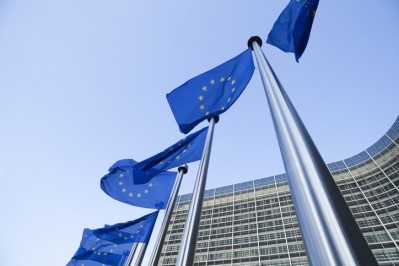CRU: High prices eroding affordability of feed phosphates

But prices for such feed components are higher. “It's very similar to what's been happening in the general phosphate markets. Prices started to rise in 2021 and they're very high right now,” said Glen Kurokawa, senior analyst, phosphate, CRU.
That consultancy has recently released an overview of the feed phosphate market.
Historically, in nominal terms, the increase in feed phosphate prices is similar to the hikes seen in 2008, when a lot of the commodity prices shot up, he told us.
Raw material costs, trade disruption and the Ukraine war are other factors behind the upward price trajectory. The net effect being that affordability has been eroded, and demand hit, continued the analyst.
There is also less product coming into the European market, with Russian production reduced, reported Kurokawa. “Russia's probably exporting a little bit less. Even if there are no direct sanctions on the product itself, there are logistical issues, along with reputational risk and compliance concerns."
Some of that European market demand is being filled by other suppliers, principally OCP. “But there is probably still a shortage there.”
Chinese market trends
China continues to produce a significant amount of feed phosphates, said the analyst.
“China has probably been affected a little bit less than some other places. It has been restricting its phosphate fertilizer exports, and that means that there is a lot more feed phosphate for the Chinese market. While prices in China have risen like everywhere else, they have done so to a lesser extent.”
Post ASF recovery and restructuring developments in the Chinese pig sector have been helping to support feed phosphate demand in that market. But Kurokawa sees that as a temporary lift and expects demand to level off once the swine industry stabilizes.
Overall, the feed phosphate industry globally is anticipated to grow only slightly. Spurring it on are the known trends of population growth, higher income levels and, thus, more meat consumption; however, there are countervailing pressures as well, with increased interest in vegetarian diets, said the market specialist.
But he expects the downward pressure from phytase use on the feed phosphate market to diminish. “The phytase market is quite mature at this stage. The saturation level is quite high.”
Transition from DCP to MCP/MDCP
Global demand continues to shift away from dicalcium phosphate (DCP) towards monocalcium phosphate (MCP) and monodicalcium phosphate (MDCP), with that trend particularly noticeable in the US market, noted Kurokawa.
Capacity expansion
There are potential capacity expansion projects in play, he said, but they remain, at best, speculative.
EuroChem has long flagged its Kazakhstan plant project, said the analyst.
“There is alos some noise in China about potential projects by YHT while, in Brazil, OCP has indicated it may build a feed phosphate plant in the northeast of the country. It would likely be a medium size plant, with around 50,000 or 100,000 tons P205 feed phosphate capacity. Galvani is also looking at ramping up production in Brazil, in Santa Quiteria.”







